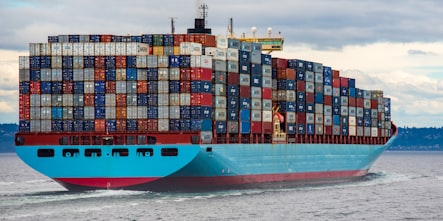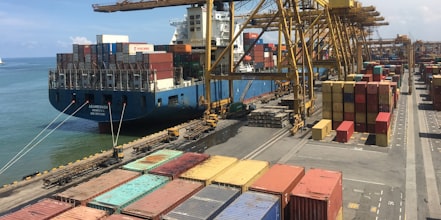
Small fleets and owner-operators gain market share
In an article published Tuesday, FreightWaves CEO and founder Craig Fuller made a case that the trucking industry is not consolidating anytime soon. The prevailing wisdom following the Motor Carrier Act of 1980 was that there would be rapid consolidation as previously highly regulated unionized trucking companies, operating under the older regulations from the Interstate Commerce Commission (ICC), went bankrupt and...
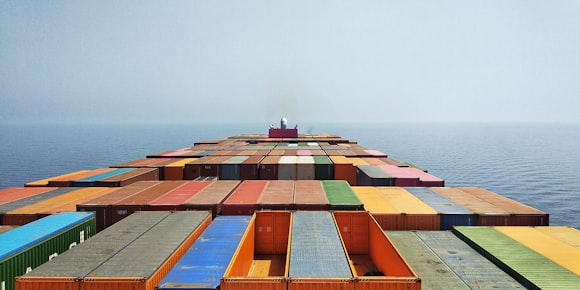
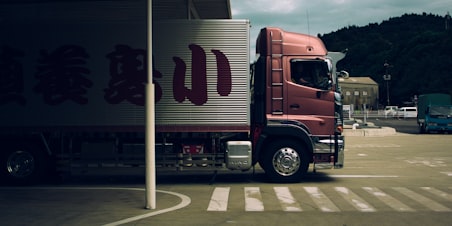

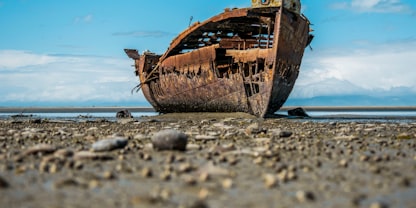
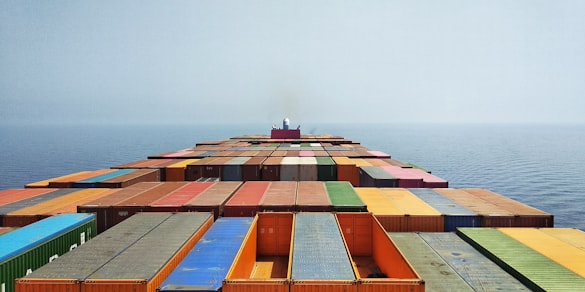 Graham Claytor in his naval uniform during World War II. (Photo: navsource.org)
Graham Claytor in his naval uniform during World War II. (Photo: navsource.org)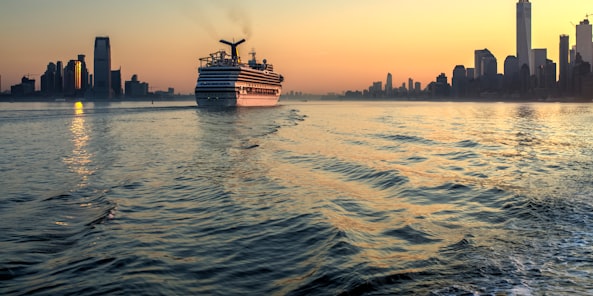
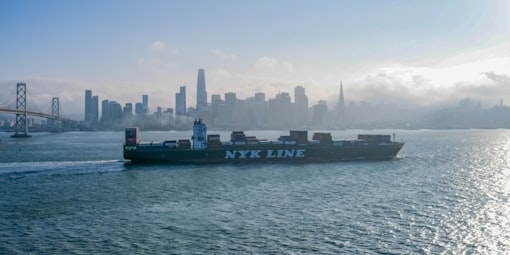


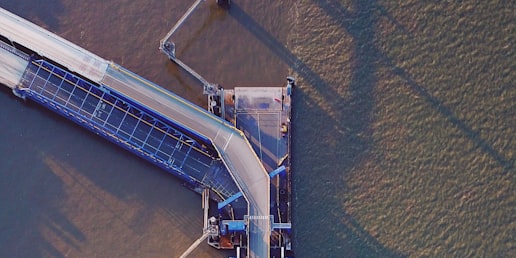
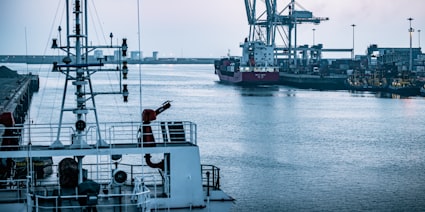
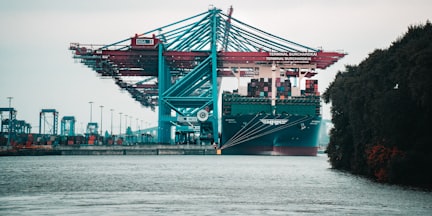




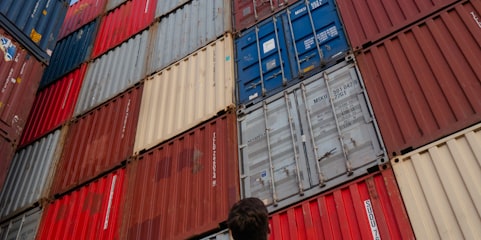
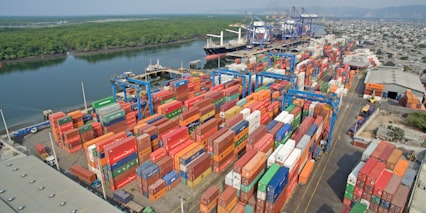 A Lehigh Valley Railroad boxcar that illustrates the railroad’s route.
A Lehigh Valley Railroad boxcar that illustrates the railroad’s route.  A young Jervis Langdon, Jr. (Photo: geni.com)
A young Jervis Langdon, Jr. (Photo: geni.com)
